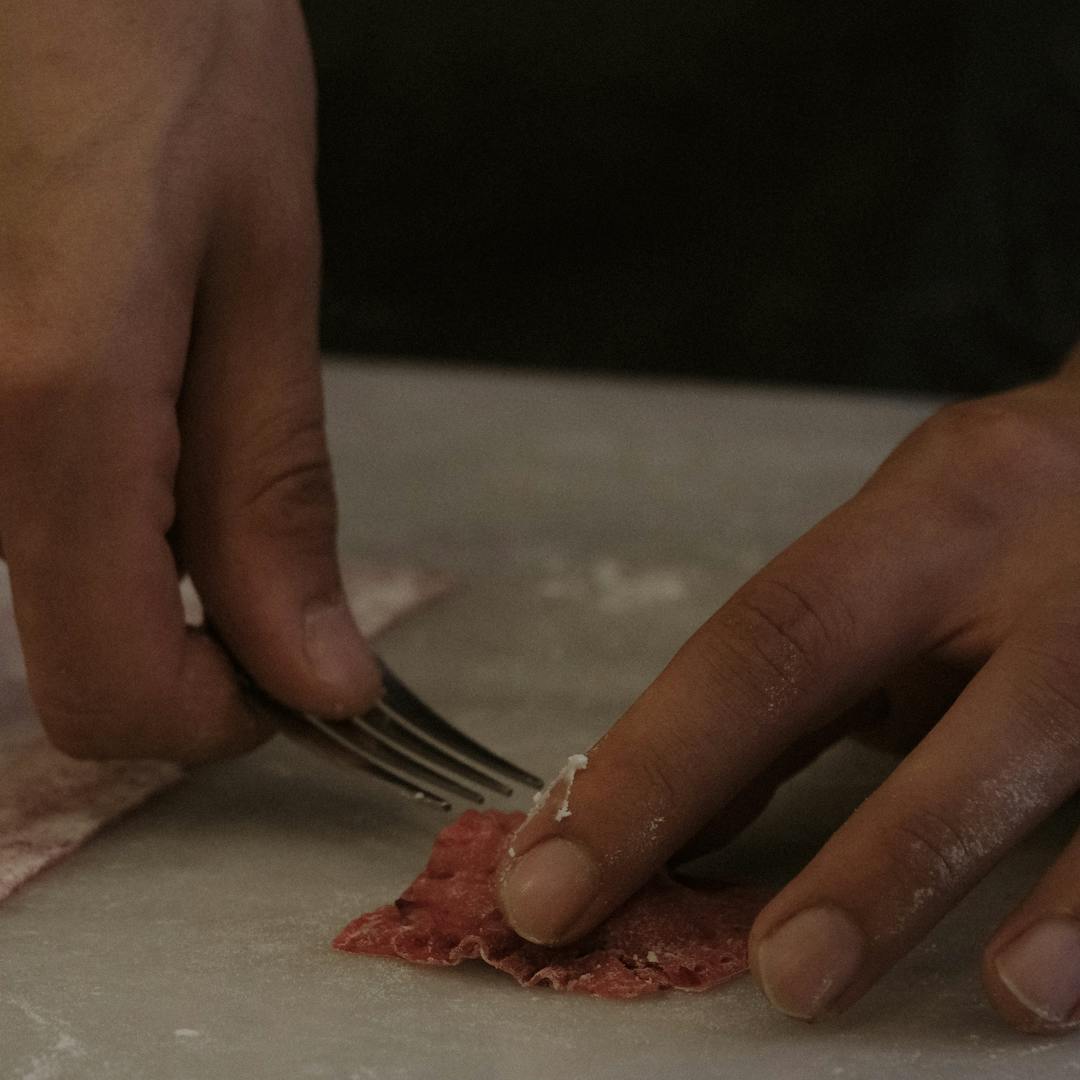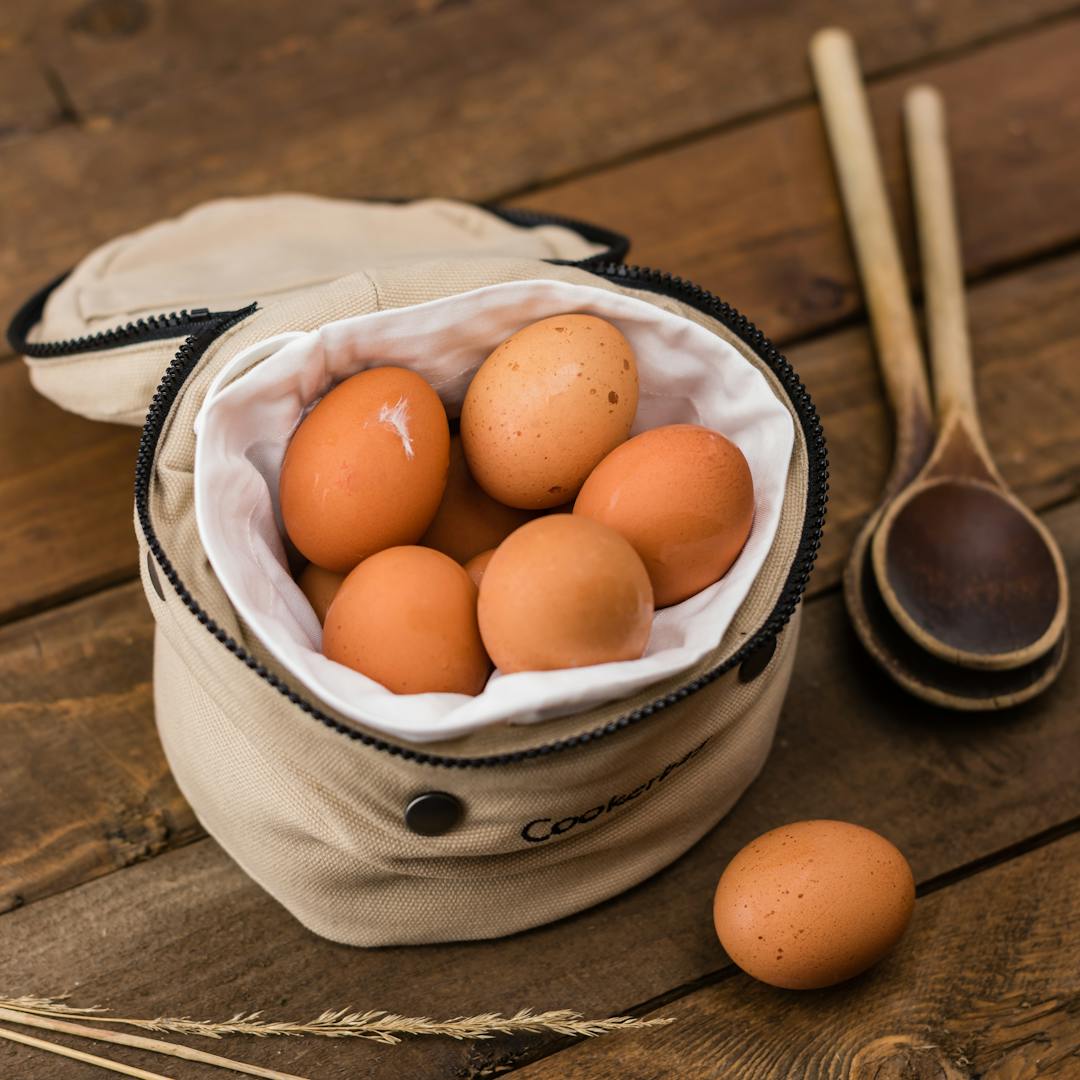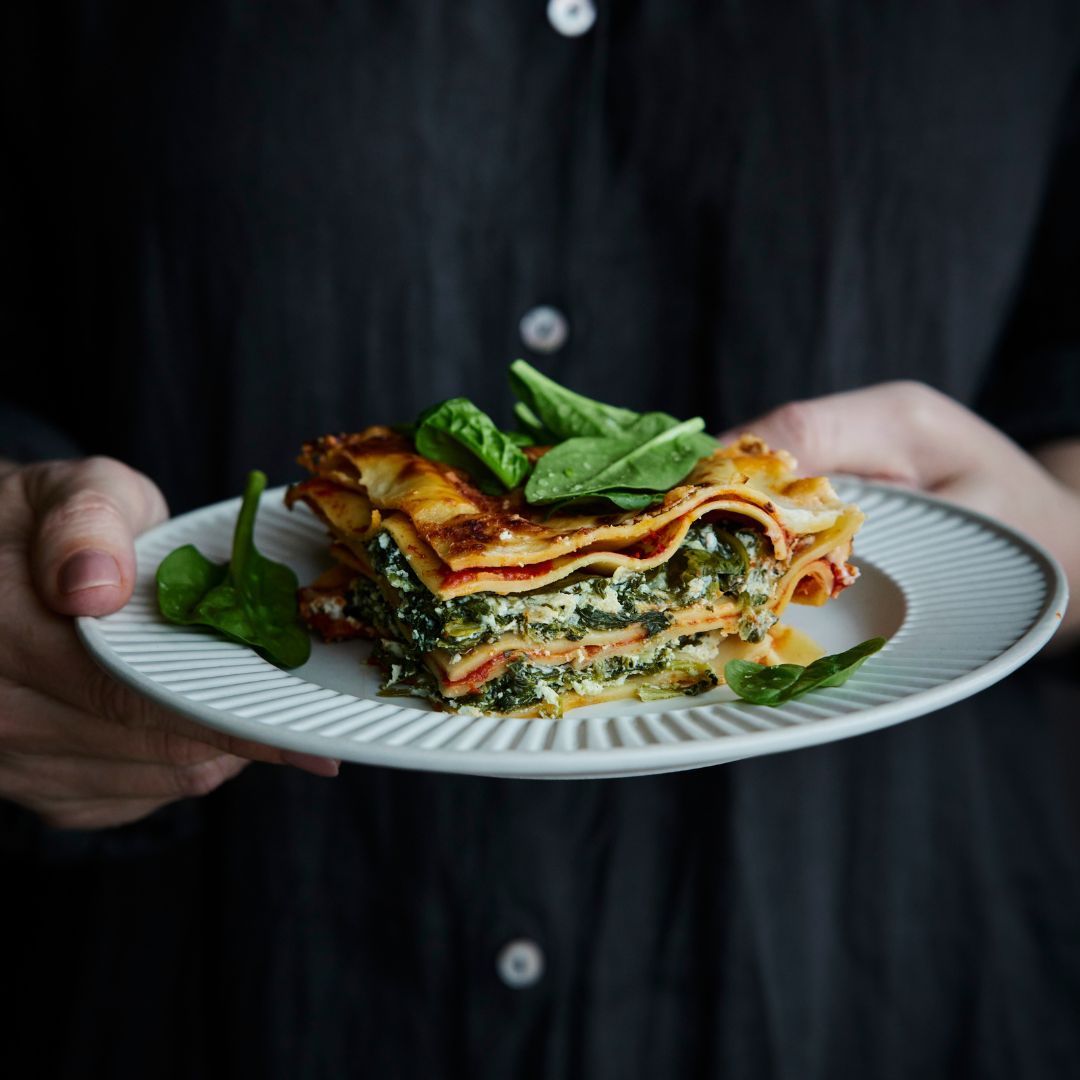Homemade pasta, or what the Italians gave us
2022. 03. 10.

Homemade Italian pasta is not only delicious, but also exciting to prepare. Combining craftsmanship, tradition and great pastime. Because if you really want to immerse yourself in Italian culture, you should also make the pasta at home!
What types of Italian homemade pasta are there?
Of course, in Italy they are sure that the original Italian pasta has been present on the peninsula since at least the Etruscans, others say that this national characteristic is the heritage of the Roman Empire.
However, it is a fact that dry pasta is an easy-to-maintain, practical ingredient, and we can be sure that there are already sources from around the 10th century that clearly indicate that pasta was used in some parts of today's Asia. So Italian pasta has a serious history, even if it is not linked to ancient Rome. The climate is excellent for durum flour, which is the base of most Italian pasta.
Italian traditions include many types of pasta. Of course, older women say that pasta should only be homemade!
Which pasta is the most popular varies from region to region, but there are also some uniform rules!
Traditions, shapes, sizes
We can distinguish between fresh and dry pasta. Fresh homemade pasta is cooked immediately, and the cooking time is only 1-2 minutes. Not all Italian pasta is egg-free and durum pasta.
In the north, egg pasta is typical, which is made from traditional fine flour, and in the south, home-made pasta is made from durum wheat flour.
Italian pasta can be long, like spaghetti and macaroni or pappardelle. These go best with light sauces or olive oil mixtures.
Filled pasta is also a traditional part of Italian cuisine, such as panzerotti, girasoli and ravioli, which are very similar to each other, the difference can only be discovered in their shape.
The first is triangular-shaped filled pasta, the second round, while the ravioli is square-shaped.
Shorter pastas include farfalle, which we call bow pasta, but its original Italian name means butterfly.
Fusili is also short pasta, but so are clam pasta and penne. Garganelli means snail pasta, but you don't have to think of the Hungarian soup filling, it is a short, thick, rolled tube pasta, typically suitable for juicy dishes with a thick sauce. Because substantial sauces can be paired with wider, holey pasta. Pasta with a grooved surface is suitable for lighter sauces. Lasagna goes best with meaty and thick sauces. We don't deal much with these pairings, but they are a basic rule in traditional Italian cuisine. It's worth listening to them!
Making traditional Italian homemade pasta
As we have already written, traditional pasta is of course either made of durum flour or a combination of eggs and white flour. But even in Italy nowadays, various healthy raw material alternatives are becoming more and more common. By the way, durum flour is a slowly absorbed carbohydrate and has a high protein content, so it is particularly healthy.
Of course, there are other alternatives, low-carb flours, versions with a higher fiber content, or even whole-grain white flour or whole-grain durum wheat flour can be the base of the pasta. This is also an argument in favor of homemade pasta, you can experiment with the right ingredients and composition for you.
Of course, these are not the ingredients of traditional Italian homemade pasta. When making egg pasta, for example, we form a volcano shape on a kneading board with flour and crack the eggs in the middle. By the way, there is one egg per 100 grams of flour.
And how do the doughs get their final shape? By stretching and shaping. To prepare more complicated pastas, we recommend manual pasta maker, with which you can also make ravioli or tagliatelle. For larger quantities, you can use an electric pasta maker.
Don't forget that Italian pasta is not cooked with oil, and the al dente, i.e. slightly crispy, texture is perfect, because then it still absorbs the delicious sauce, which makes it soft.
Therefore, you should not pour cold water over the finished dough!
Have a good cooking!
 Австрия
Австрия
 Белгия
Белгия
 България
България
 Германия
Германия
 Гърция
Гърция
 Дания
Дания
 Естония
Естония
 Ирландия
Ирландия
 Испания
Испания
 Италия
Италия
 Латвия
Латвия
 Литва
Литва
 Люксембург
Люксембург
 Полша
Полша
 Португалия
Португалия
 Румъния
Румъния
 Словакия
Словакия
 Словения
Словения
 Унгария
Унгария
 Финландия
Финландия
 Франция
Франция
 Холандия
Холандия
 Хърватия
Хърватия
 Чешка република
Чешка република
 Швеция
Швеция




